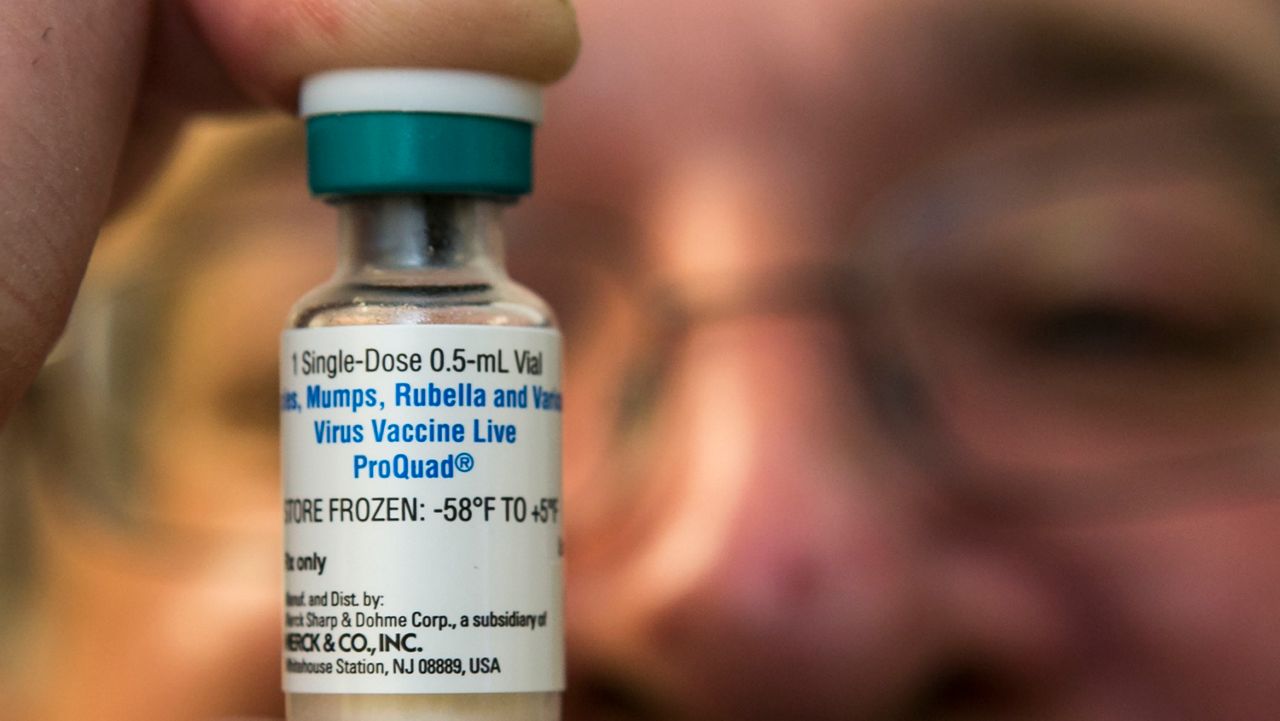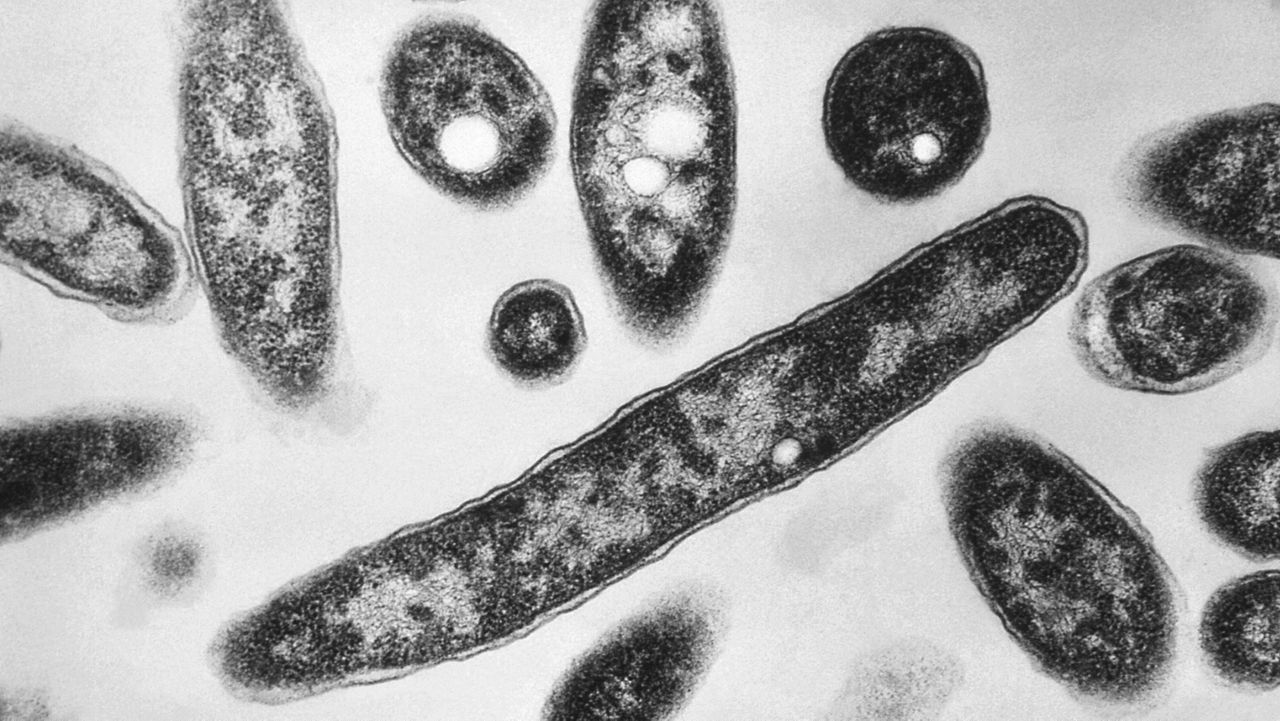The New York City Department of Health says two adult residents of a migrant relief center in Brooklyn were diagnosed with measles this week.
Officials are now working closely with Health + Hospitals to identify other individuals who may have been exposed to the virus and assess their immunity status, according to the department.
The exposure risk is currently limited to the specific floor of the Hall Street Humanitarian Emergency Response and Relief Center in Clinton Hill where the two infected individuals resided, the DOH said.
The DOH said anyone who was exposed and does not have documentation of the fact that they were vaccinated will be tested to see if they are immune. Anyone who is found not to be immune will need to quarantine for 21 days, the DOH said.
While measles is a highly contagious virus, infection is largely preventable through vaccination, according to the city’s Health Department. Most New Yorkers have been vaccinated against the disease, including many immigrants when they arrive in the United States, the DOH said.
The city's Health Commissioner Dr. Ashwin Vasan, in a statement, underscored the importance of getting the measles, mumps and rubella (or MMR) vaccine in order to prevent transmission.
"The single best way to prevent measles is to be vaccinated. We encourage anyone who has not been vaccinated against measles to contact a health care provider to get a vaccine,” Vasan said.
Measles symptoms typically appear 10 to 12 days after exposure and include fever, cough, runny nose and a rash, according to the U.S. Centers for Disease Control and Prevention. The virus can spread through the air when an infected person coughs or sneezes.




